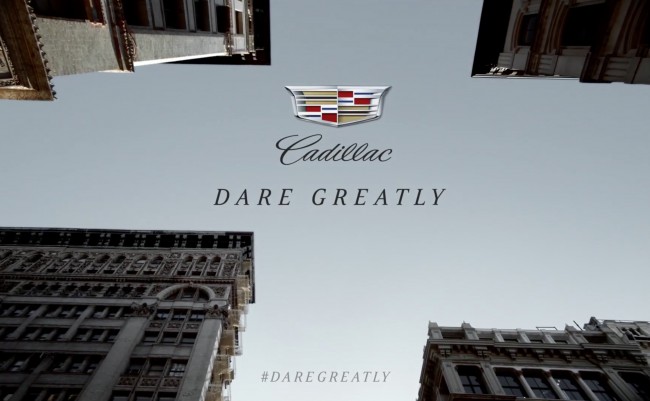
Cadillac’s Curious Start
GM is trying to rebuild Cadillac, again.
While the brand has a long history, it is struggling today as it deals with tough competition in premium autos. It now ranks #4 in the luxury segment, far behind BMW, Mercedes and Lexus. More important, the associations around Cadillac aren’t positive. Many people think of the brand as old and stodgy. In 2013, the average Cadillac buyer in the U.S. was over 59 years old. The brand’s quality perceptions are weak.
GM knows that it has to succeed in the high-end autos; it is a big part of the industry with impressive margins. It is hard to win the global auto business without a strong, premium brand.
This isn’t the first time GM has tried to revive Cadillac; the company has struggled with the brand for many years.
As part of this latest effort, GM has made a number of daring moves. The company:
– Hired a new German leader, Uwe Ellinghaus, a former BMW executive.
– Moved the brand’s headquarters to New York City
– Changed the logo.
– Introduced a new naming system for its models.
– Committed massive amounts of money to improving the brand experience.
It is early to judge the plan, but Cadillac rolled out a new ad campaign on the Oscars. Here it is:
Will the new campaign work?
No.
The problem is very simple: this advertising doesn’t say much about Cadillac.
If you are going to get people to rethink a brand, you have to give them a reason. Why should I consider a Cadillac? This is a simple question but if GM can’t answer it then the turn-around plan won’t succeed. This new campaign doesn’t even begin to answer the question.
Imagery advertising can work. Indeed, many of the world’s great brands are based on it.
But imagery ads are difficult. Linkage is a particular problem; people may remember the image but not the brand. It is easy to get caught up in the powerful emotions and fall short on mundane things like showing and saying something about the product.
Cadillac’s new campaign embraces powerful imagery but doesn’t connect to the brand. “Dare greatly” is not a benefit.
There is one group, though, that might benefit from this campaign: people working on the Cadillac brand. Can they turn it around? Time will tell. It certainly won’t be easy or quick. It will be a struggle and a challenge.
This campaign probably speaks to the Cadillac team in an important way. It inspires them to believe and fight. It is easy to be critical and hard to fight on despite the skeptics. If Cadillac is going to succeed, firing up the team is the first step.
So perhaps this campaign is spot on. Cadillac just doesn’t need to show it outside the company offices.
* * *
The next session of Kellogg on Branding is May 17 to 22. It will be a packed week, with sessions on positioning, strategy, brand portfolios, global branding, brand measurement, digital brand stories and much more. Plus a simulation exercise. Click here for more information.
Comments RSS Feed